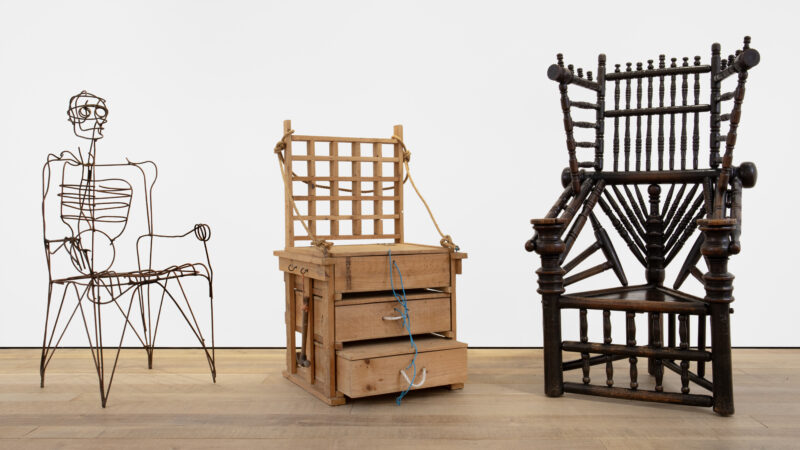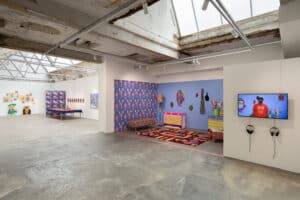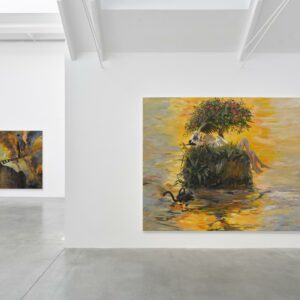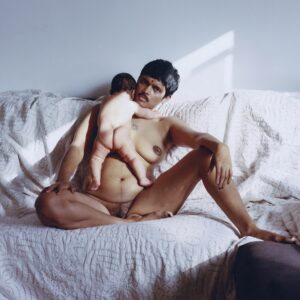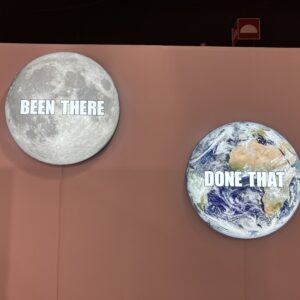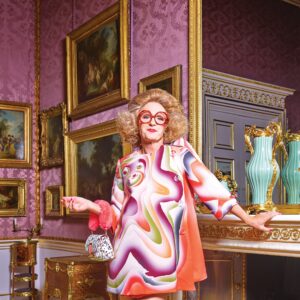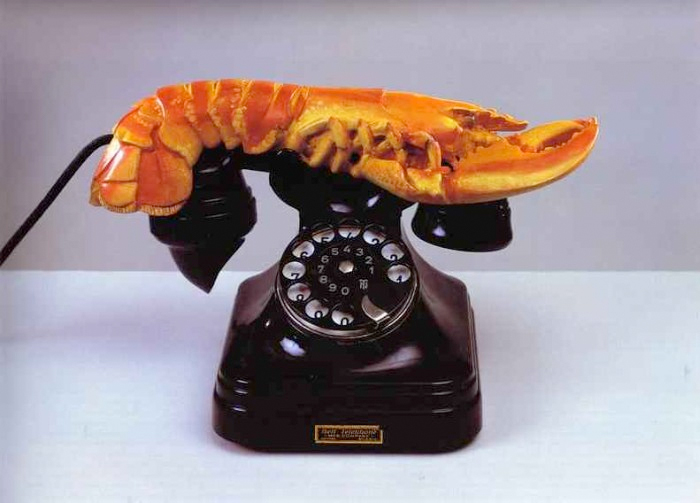
The concept of Surrealist design is a tricky one. Not least because I do not think that it exists. Not in the true sense of the movement, anyway. The innovative thinking of the surrealists of the early 20th Century was grounded in political ideology and emerging psychoanalysis. Marx and Freud represented the philosophical origins of a literary movement that soon expanded to encompass the visual arts as well.
Surrealist’s sought a world of desire and imagination, newly exposed by the psycho-sexual explorations of Freud, in order to avoid the oppressions of society and explore the true workings of the human mind. The art critic and poet Guillaume Apollinaire was the first to use the term and it was taken on by André Breton to evoke a politically radical movement aimed at changing perceptions. The surrealists mined the unconscious, using ‘automatic’ drawing techniques to explore the irrational and the dream world.
And yet, whilst this may be the origins and foundations of the Surrealist movement, possibly the most recognisable work comes from their subsequent explorations into the object. Meret Oppenheim’s Déjeuner en fourrure (above), Man Ray’s Gift and Salvador Dalí’s Lobster Telephone (at top) are all well known examples of the Surrealist object. By moving into the physical and commercial process so attributed to the world of design, Surrealism was better able to comment on the absurdities and contradictions of an increasingly modernising world.
However, such appropriation of recognisable commodities into the Surrealist lexicon, allowed for a wider reach for the movement’s ideas. Consumerism and commercial possibilities for it’s language in the decorative arts became more apparent, creating new and illusory forms of design.
Key Surrealist themes such as the re-imagined interior, the fragmented and fetishised body image and the subversion of nature have ever since been popular themes in design and are still visible in contemporary examples, including those at this year’s 100% Design show.
The award winning Belgian designer, Maarten De Ceulaer, showed an interesting use of re-imagined home items to create a new piece of furniture design. Pile of Suitcases (above) invests the old items with multi-referential new functions and, therefore, meanings. The surrealists, who refuted the rationalisation of the domestic environment in favour of Freudian dream analysis, would have acknowledged the combination of the real with the bizarre and that a series of structures can reflect the layers of imagery within the home.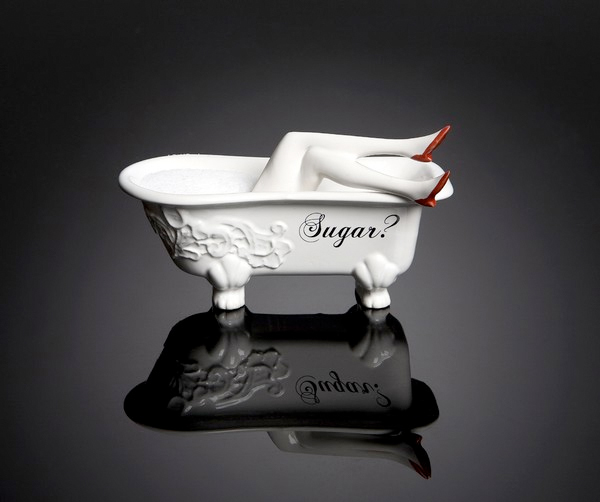
To ignore the human body’s influence on any art, let alone design, would be to ignore centuries of visual culture but the Surrealist’s eroticised and dismembered analysis of its universal appeal is one particular thread that often appears in contemporary design. No more so than in the ornate and witty porcelain work of Undergrowth Design (see above). Designer Tina Tsang has embodied her ceramic tableware pieces with a combination of playful sexuality and subconscious dialogue.
Nature, perhaps more commonly used as inspiration for decoration and motif, such as in Dalí’s Tea Service collection, has still been used by designers for its organic language and to explore the metaphorical unconscious. The Korean designer Shawn Soh of Design Artist Shawnsoh (http://www.designartist.co.kr/) has created a tree-like bookshelf (above) in which the books and ornaments are transformed into the fruit and flowers of the supporting branches. Whilst undoubtably beautiful and inspired design, the piece is also layered with meaning thanks to its natural influences: from books, knowledge and religious fruit to industrial dominance and the origins of materials.
Whilst all of these examples show innovative interpretations of Surrealist ideology they are not Surrealist objects and far from Surrealist art. Thought-provoking, subversive and arresting ideas often lead to the most exciting and successful new design but it is precisely their function as design that separates them from political forcefulness of their artistic forebears. Soh’s steel Book Tree may contain elements of Surrealist biomorphism and an aesthetic combining natural forms with subjective associations but it remains, undoubtably, a book shelf. So while it may be surreal in nature, it is not as Surreal as art.

